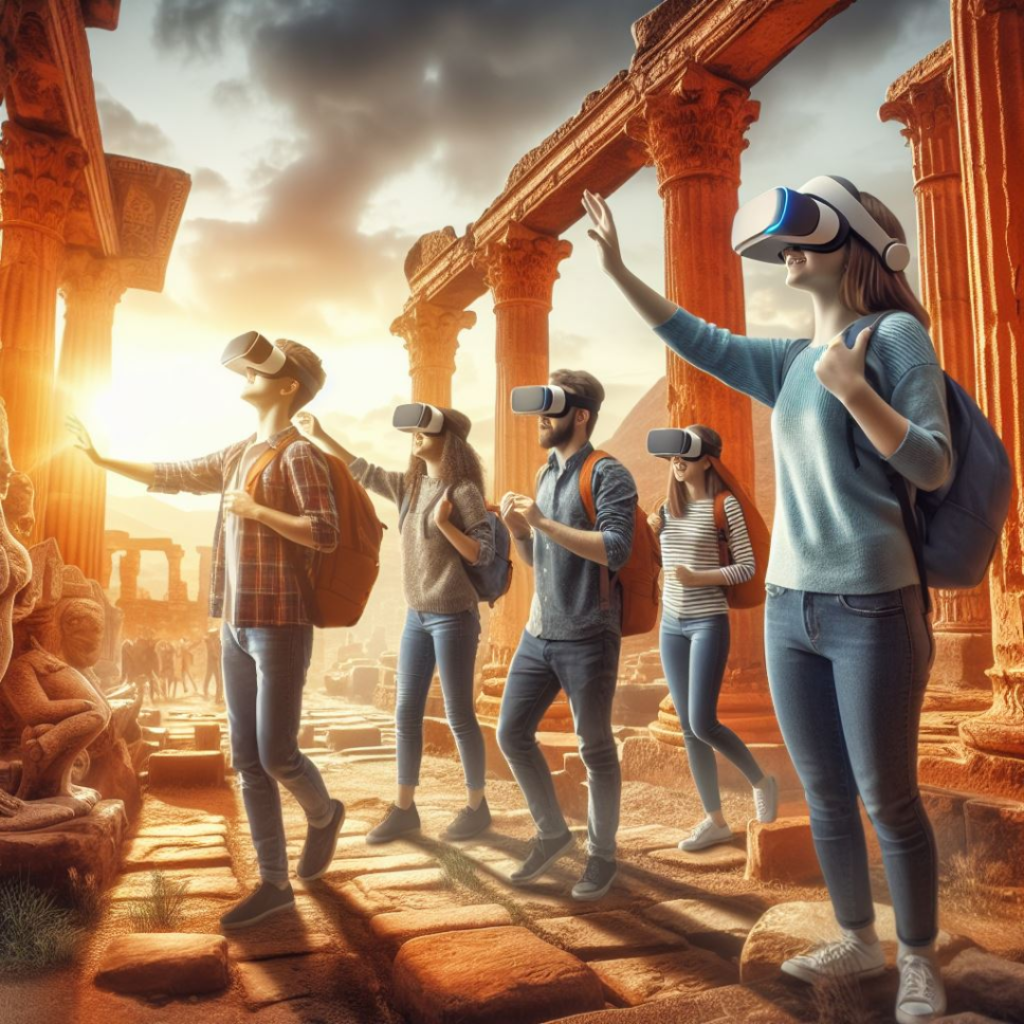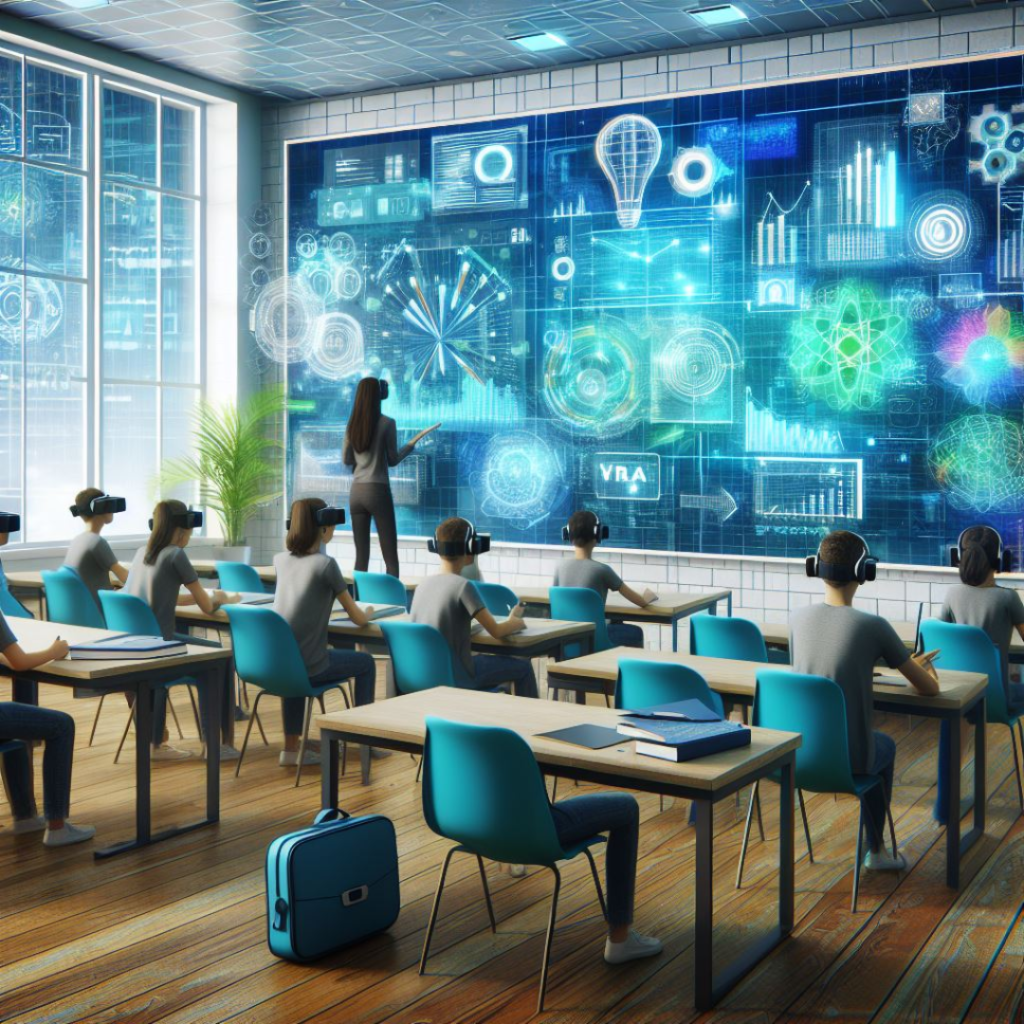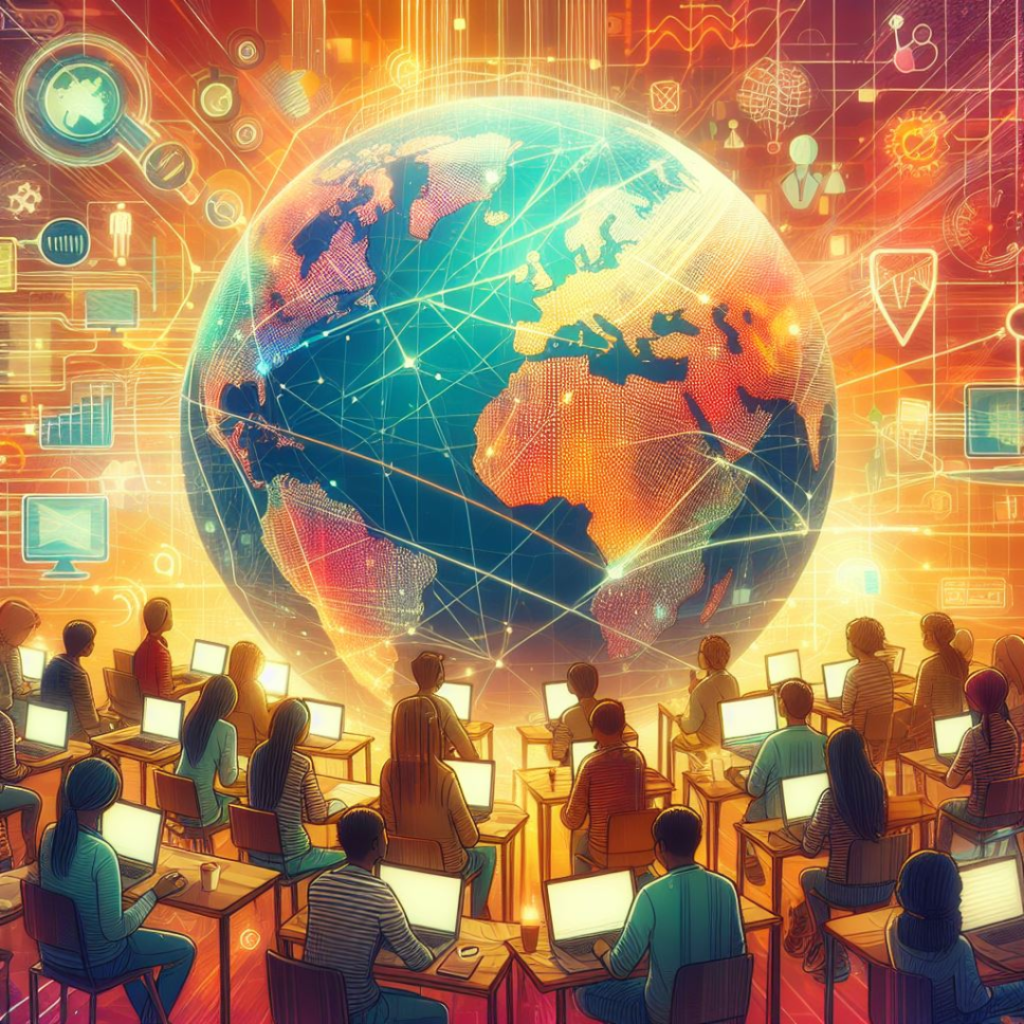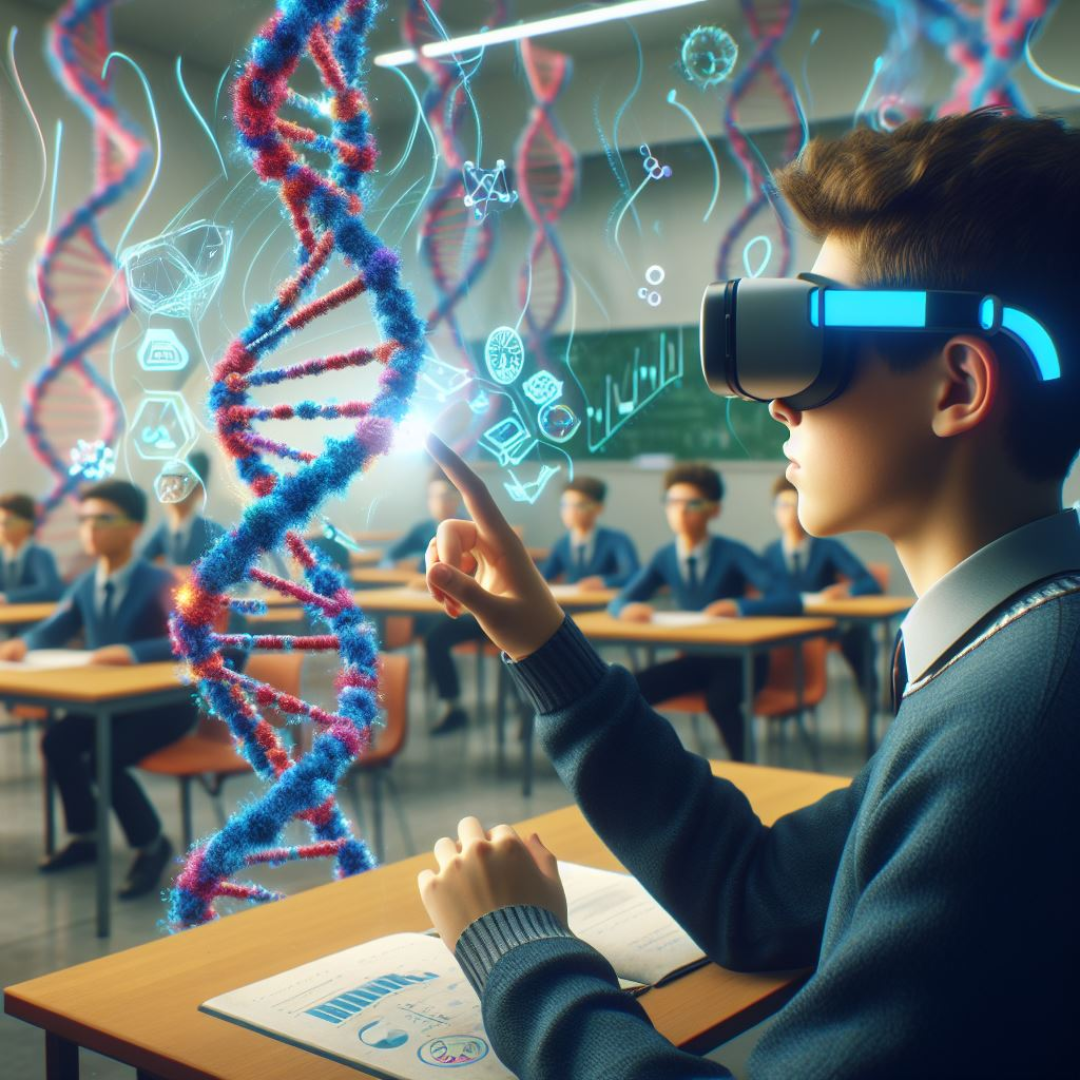Future of EdTech: A realm where innovation meets instruction, and technology redefines the educational experience. As we stand on the brink of a new era, the landscape of learning is undergoing a seismic shift. In this blog, we delve into the heart of this transformation, exploring how smartboards and tablets were just the beginning of a revolution that now unfolds through virtual reality, artificial intelligence, and gamification. Join us on a journey through time, from the early 2000s to the present day, as we uncover the milestones that have paved the way for an immersive and interactive future in education
2000s: The Rise of Smartboards, Laptops, and Tablets
The 2000s saw several major developments in education technology, particularly around interactive displays, mobile devices, and increased connectivity and Future of Edtech.
One of the most notable innovations was the rise in popularity of interactive whiteboards, commonly known as smartboards. Developed in the early 1990s, smartboards started becoming more widely adopted in schools in the early 2000s. These large touchscreen displays allowed teachers and students to interact directly with digital content and media. Lessons could become more visual, interactive and collaborative.
Laptops also became increasingly common during this time. Declining prices and smaller form factors meant schools could provide laptops to students for use in class and at home. This allowed for more personalized learning and made it easier for students to access online resources and complete digital assignments. Many schools adopted laptop programs or “one-to-one” initiatives to provide each student with their own device.
The 2000s also saw the introduction of early tablet computers and touchscreen devices in education. Most notably, the Apple iPad launched in 2010, pioneering the modern tablet form factor. While not initially adopted at scale in schools, tablets pointed to the future of portable, intuitive educational devices.
Increased internet connectivity in schools also enabled new online learning opportunities. Virtual learning systems, educational software, and digital learning resources gained traction, allowing more individualized and self-directed learning.
Overall, this decade marked a significant shift towards digitally-enabled, student-centered education models. The technologies that emerged during this time and the approaches they enabled would continue to evolve in the decades that followed.
- Unlocking the Potential : Guide to AR/VR Technology and Its Current ApplicationsNavigating the Future : Promises and Challenges of AR/VR Technology
2010s
The 2010s saw a major shift in education technology driven by the rise of mobile devices like smartphones and tablets. These portable, connected devices allowed learning to extend beyond the classroom walls and enabled new models like blended learning.
Some key trends in edtech in the 2010s:
– Proliferation of mobile devices in the classroom. Schools began implementing “bring your own device” policies, while many also provided students with tablets or laptops. This allowed for mobile learning, educational apps, and integration of technology into classroom activities.
– Growth of blended learning. Mobile devices enabled a blend of online and in-person instruction. Students could access lessons, assignments, and resources digitally outside of class, while teachers leveraged tech in the classroom.
– Rise of MOOCs. Massive open online courses exploded as a learning option, allowing anyone to take free online courses from top universities. MOOCs expanded access to education for millions of learners worldwide.
– Educational apps and games. Apps like Duolingo for language learning and math games like DragonBox took off. Mobile edtech allowed for engagement, gamification, and new media formats supporting Future of EdTech.
– Cloud computing. Storing data and applications in the cloud made educational resources more accessible. Learners could connect to class materials anywhere with internet access.
– Learning analytics. New datasets from online learning systems allowed better insights into how students engage with materials. Data analysis helped teachers customize instruction.
The 2010s saw mobile devices transform education by enabling digital learning at scale. The rise of blended and online learning models expanded educational access and allowed tech to complement traditional classroom teaching.

Today impacting Future of EdTech
The past decade has seen an explosion in education technology, with virtual reality (VR), augmented reality (AR), artificial intelligence (AI), and gamification transforming how students learn and Future of EdTech.
VR and AR are creating immersive learning experiences that were unimaginable just a few years ago. Students can now visit historical sites, explore outer space, or interact with 3D visualizations of complex concepts. These technologies increase engagement and allow for experiential learning. Schools and universities have adopted VR/AR technologies, using headsets and apps across diverse subjects.
AI is also being integrated into education in innovative ways. It tutors provide personalized and adaptive learning, while AI assessment tools give real-time feedback to students. AI can automate grading, freeing up teachers to focus on higher value work. It can also help identify at-risk students who need extra support. AI is still in the early stages of application in education, but holds great promise.
Gamification applies gaming elements to education to motivate and engage students. Features like points, badges, leaderboards, and quests can make learning interactive and fun. Teachers are using gamification through learning management systems, apps, and their own custom rewards systems. Early studies show gamification improves academic achievement, productivity, and creativity.
The rapid pace of education technology advancement is exciting but also challenging. More research is needed to ensure these technologies positively impact learning outcomes. Thoughtful implementation will be key as schools continue adopting new tech tools in the future.
Future of EdTech
The future of education technology holds exciting new possibilities as innovative technologies continue to emerge. Here are some predictions for what the future may hold:
### Virtual and Augmented Reality
Virtual reality (VR) and augmented reality (AR) are gaining traction in education. These immersive technologies allow students to explore simulated environments and interact with digital objects overlayed in the real world. VR and AR stand to transform hands-on learning, allowing students to visit faraway places or explore the inside of a cell. As the technology improves and becomes more affordable, expect VR and AR to be increasingly adopted in schools.
### Artificial Intelligence
Artificial intelligence (AI) has huge potential to transform education. AI tutors can provide personalized and adaptive learning, adjusting their teaching methods to suit each student’s needs. AI can assess student work and provide feedback. It can grade tests, freeing up teachers to focus on other tasks. Chatbots can answer student questions in real-time. And AI promises to enhance administration through automation of tasks. As AI capabilities grow more sophisticated, it will reshape the education landscape.

Analytics and Big Data
Learning analytics uses big data to provide insights into how students learn. By analyzing massive amounts of information about student demographics, behaviors, and outcomes, schools can identify at-risk students, improve teaching methods, and refine curricula. Learning analytics enables a data-driven, customized approach to education. As schools collect more student data and analytics techniques improve, expect learning analytics to play an increasingly important role.
The future of education technology is bright. While challenges around implementation and equity of access remain, technology has immense potential to make learning more engaging, effective, and customized. The coming decades will see new innovations that could revolutionize education as we know it.
#BetheChange





